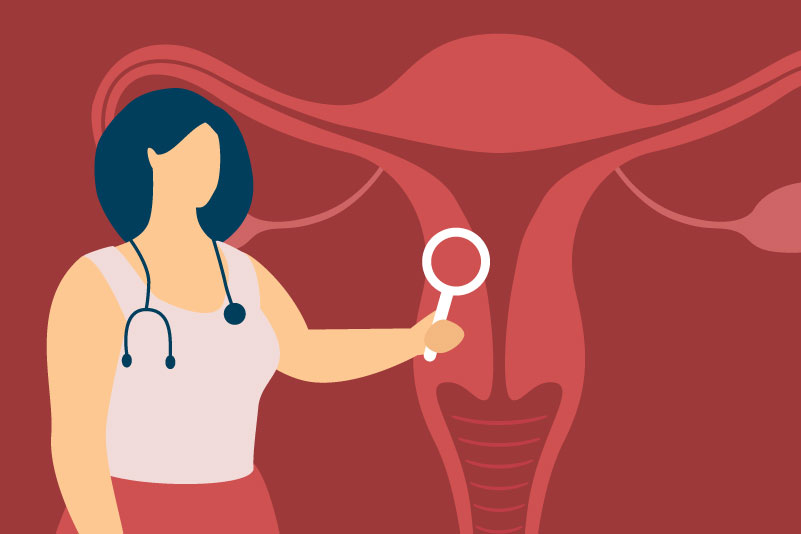#346 Stress Urinary Incontinence: Pelvic floor exercises or pessary?

Reading Tools for Practice Article can earn you MainPro+ Credits
Join NowAlready a CFPCLearn Member? Log in
- Results statistically different unless indicated. Focusing on systematic reviews from the last 10 years.
- Pelvic floor exercises:
- Largest systematic review, 18 randomized controlled trials (RCTs), 26-133 women, compared to no treatment/control.1 At 6-24 weeks:
- Self-reported cure/improvement: 74% versus 11% (control), number needed to treat (NNT)=2.
- Leakage (example baseline: 1-2 episodes/day):2 Reduced by one episode/day over control.
- Patient satisfaction: 71% versus 13% (control), NNT=2.
- Other systematic reviews and newer RCTs report similar.3-9
- Largest systematic review, 18 randomized controlled trials (RCTs), 26-133 women, compared to no treatment/control.1 At 6-24 weeks:
- Pessaries:
- Meta-analyses10-11 did not combine RCTs.
- RCT, 55 women, pessary versus no treatment.12 After two weeks:
- Total incontinence episodes reduced: 32% versus 7.6% (control).
- Satisfaction (scale 0-100, higher=better): 60 versus 5 (control).
- Limitations: Industry funded; baseline incontinence episodes imbalanced: 36 versus 58 (control) in two weeks before trial.
- RCT, 446 women, pelvic floor exercises versus pessary:13
- At 3 months:
- Proportion without bothersome symptoms: 49% versus 33% (pessary), NNT=7.
- Improved/much improved: Not different.
- Satisfaction: 54% versus 50% (pessary), NNT=27.
- Withdrawals due to adverse effects: No difference.
- At 12 months:
- No difference in above outcomes.
- Vaginal discharge: 6% versus 16% (pessary), NNT=10.
- Exercise plus pessary versus exercise alone: No difference.
- Limitations: Pessary dropouts higher at 3 months, no different at 12 months.
- At 3 months:
- Limitations: RCTs unblinded and outcomes often subjective.12,13
- Pelvic floor exercises considered first-line.14
- If supervised programs inaccessible, can provide written information15 or video16 to patients.
- At least 8 contractions three times daily recommended.14
- Pessaries:
- Can last 5-10 years and be fitted in primary care.17,18
- ~10-40% women have unsuccessful first fittings.13,19
- Cost:17 $50-150.
- Can last 5-10 years and be fitted in primary care.17,18







Excellent
good info
Pelvic floor exercise is the 1st line therapy for stress UI.